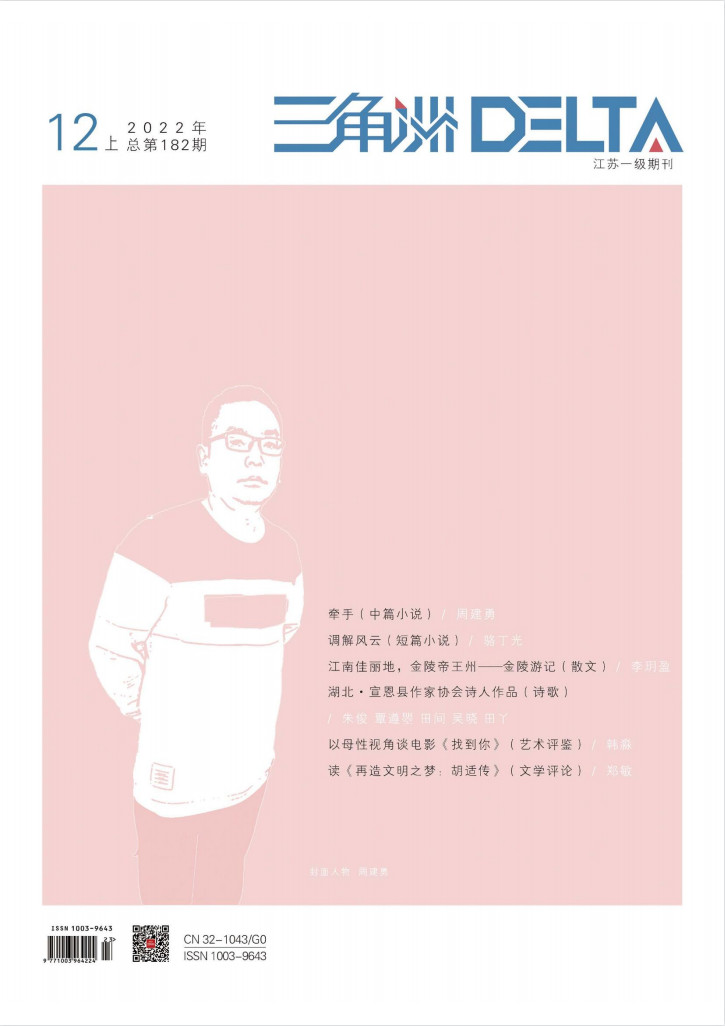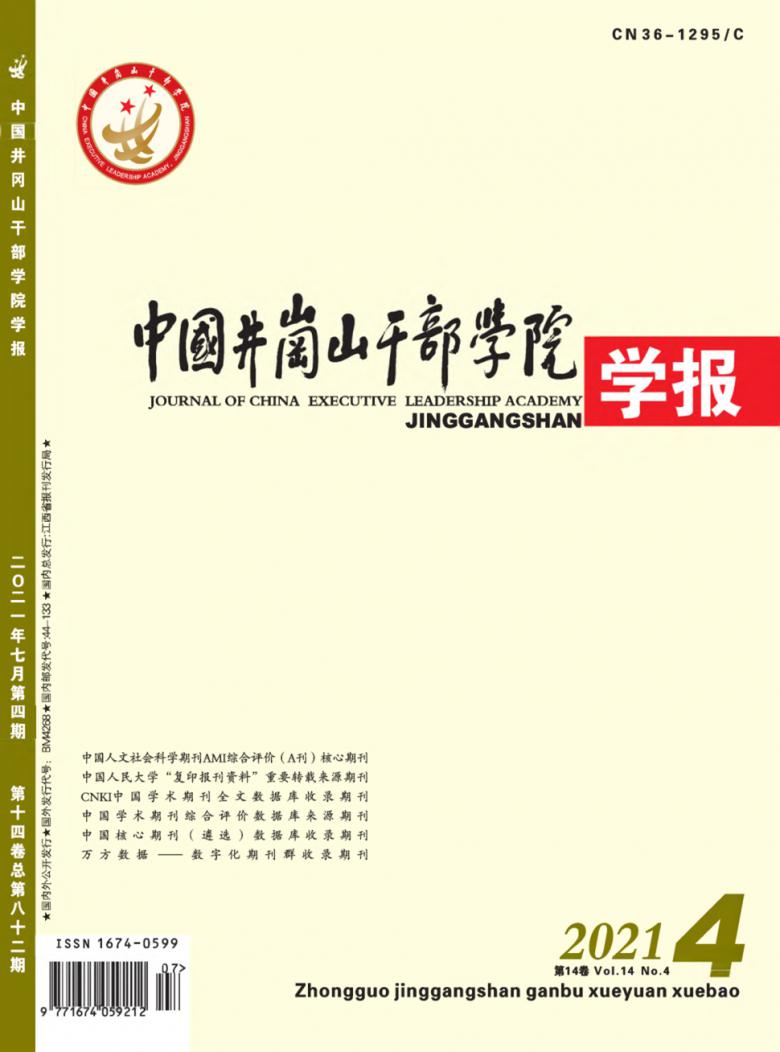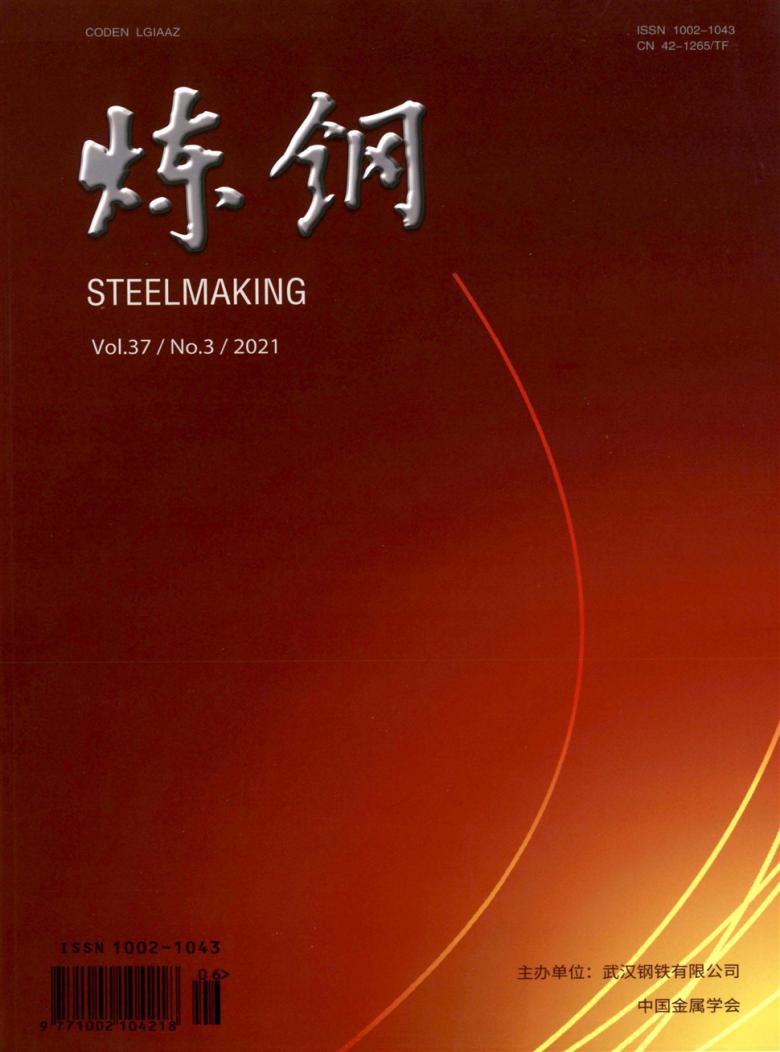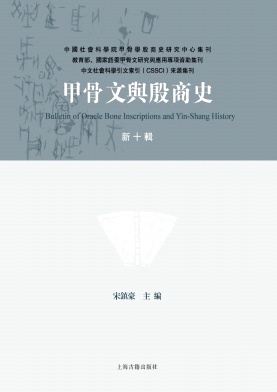乳腺癌保乳手术原发灶切缘的评估
龚益平
【摘要】 总结近20年来乳腺癌保乳手术原发灶切缘评估处理的主要临床证据,并详细介绍了评估方法。
【关键词】 乳腺肿瘤
乳腺癌保乳手术切缘(margin)是指原发灶切除后标本的边缘与癌组织间的镜下最短距离。获得原发灶切除后阴性切缘是乳腺癌保乳手术的一项基本要求,其目的是切除病变乳腺中的可见肿瘤组织,并希望用其后的放射治疗清除可能存在于余下乳腺组织中的隐性病灶或镜下可见病灶。在理论上,术后残余肿瘤组织在相对乏氧的疤痕环境中,更有可能耐受放射治疗而生存。大量事实业已证明,切缘阳性会明显地增加保乳手术的局部复发率。因此,如何正确地评估和处理原发灶手术切缘,是保乳手术实施过程中的一个非常关键的问题。
1 安全手术切缘的界定
尽管大量研究均显示保乳手术的切缘状态与局部复发有关。但到目前为止,还没有一个得到普遍认同的阴性切缘距离定义。Gould和Robinson[1]总结了手术标本的检查处理过程及切缘取材的差异,认为其中许多因素均会影响到对切缘状态的评估结果。实际上,即使是在同一个保乳手术随机化临床研究中,在评估切缘状态时也存在相当的实际差异。
对切缘状态的评估结果不同,是可能导致实际复发率差异的一个原因。但无论如何,较广的切缘应该能显著减少局部复发率,这一点已为米兰癌症研究所的研究证实[2,3]。他们将705例2.5cm的肿瘤分为象限切除(quadrantectomy)(整块切除原发灶及2cm~3cm的周围组织,包括表皮及其下胸大肌筋膜)和肿块切除(lumpectomy)两组。两组术后均予45Gy的全乳照射剂量及15Gy 的增强照射剂量放射治疗。尽管两组的7年生存曲线无显著性差异,但象限切除组较之肿块切除组复发率更低(分别为5.3%、13.3%)。切缘状态病理学检查显示,象限切除组178例中有8例被确定为阳性(4.5%)。肿块切除组289例中有46例(16%)被确定为阳性。两组切缘阳性病例的局部复发率相比,后者比前者增高(分别为12.5%、17.4%)。
NSABP试验组历来要求保乳手术要达到阴性切缘,并将其定义为,在用染料标记的手术切缘无癌细胞。这些要求一直保留到现在仍在进行的NSABP试验中。NCI试验组[4]则只强调大体肿瘤切除,在其一项保乳与全乳切除的Ⅲ期临床研究中,并没有把切缘的镜下无瘤作为要求,期间切缘阴性的不同也许部分地解释了保乳手术相关性局部复发率的变化。
许多研究者以切缘状态为参数进行评估研究,以确定最小的切缘距离。即在确保肿瘤局部控制的情况下,不牺牲多余的正常乳腺组织。表1[5~13]总结了一些以切缘距离为因素做局部复发分析的研究结果。总的来说,至少2mm的镜下无瘤切缘能获得较为可靠的低复发率。但也有报道认为,可接受局部复发率的最近切缘距离为镜下1~2mm。尽管大家都把得到阴性切缘作为目标, 但对镜下局灶性切缘阳性是否有临床意义还存在着很大争议。Heimanm等[14],Ryoo等[15],Spivach等[16]均认为提高全乳照射剂量和增强剂量或许能为切缘镜下阳性者提供补偿。也有人认为,切缘阳性灶的数目是更为重要的局部复发影响因素。
在临床实践中,一个较为普遍接受的保乳手术标准是,切除1cm的原发灶周围乳腺组织,获得至少2mm的镜下切缘。显然,在保乳治疗中,取得最大程度的肿瘤局部控制是必须优先考虑的,其次才是得到最好的美容效果。
2 广泛性导管内癌成分的问题
广泛性导管内癌成分(extensive intraductual component,EIC)在保乳手术中是一个必须认真对待的问题。EIC往往从原发灶延伸至周围看似正常的乳腺实质,从而威胁到整个切缘。在Joint放射治疗中心,从1984年起Schnitt等[17]就将浸润性乳腺癌伴有EIC作为局部复发的预测指标。在1968年至1978年间该中心所做的231例保乳治疗中,5年局部复发率为11%。回顾病理检查发现,其中有19例患者的病理切片显示原发灶切除不完全,其局部复发率高达64%。将这部分病例排除在外,研究者们专门分析了原发灶及邻近组织中导管原位癌(ductal carcinoma in situ,DCIS)对局部复发所起的影响,他们按DCIS在原发灶中的分布将其分为缺乏、轻度(分布于<25%的肿瘤区域)、中度(分布于25%~50%肿瘤区域)及重度(分布于>50%的肿瘤区域)。在中、重度组中,5年局部复发率为15%;轻度及缺乏组为1%(P=0.004)。DCIS存在于邻近组织的病例,复发率为17%;当邻近组织无DCIS时,无病例复发(P=0.002)。在所有评估病例中,有近1/3患者原发灶或邻近组织中存在中重度DCIS。这部分患者的5年局部复发率达23%,其余患者无或有轻度DCIS,其复发率仅为1%。EIC从此被认为是局部复发的高危因素,并被定义为原发灶及邻近乳腺组织中存在DCIS,且分布于至少25%的原发灶区域。
几年后,Joint放射治疗中心公布了783例保乳手术的长期随访结果[18]。中位随访期为80个月,5年及10年复发率分别为10%和18%,有28%的患者存在EIC,EIC是最主要的局部复发预测指标。EIC阳性患者的5年局部复发率24%,阴性患者为6%(P=0.0001)。在这些病例中,35岁以下的年轻患者组与大于35岁的患者组相比,EIC阳性率相类似,但年轻EIC阳性患者的局部复发率更高(25% vs 11%,P=0.001)。
Holland等[19]回顾了214例Ⅰ、Ⅱ期乳腺癌改良根治术标本,就EIC问题从病理解剖学上找到了解释。EIC阳性率占30%,在这些患者剩余的乳腺组织中发现有高亚临床病灶(74% vs 42%,P=0.00001)。另外,EIC阳性癌的肿瘤负荷从原发灶延伸至更远的地方。59%EIC阳性肿瘤在原发灶边缘2cm外见有病变。32%患者在4cm之外还能见到病变。相应的EIC阴性病例在原发灶2cm和4cm外发现病变的比例分别为29%和12%(P=0.0004和P=0.0009)。
EIC在其他多项研究中也被发现为局部复发的危险因素。正是由于这些早期研究结果,人们担心,EIC阳性可能会成为保乳治疗的反指征。但最近的研究证据表明,只要肿瘤切缘得到控制,保乳仍是安全的。Schnitt等[20]报道了Joint放射治疗中心181例可进行切缘准确评估病例的保乳治疗结果。中位随访期86个月,5年局部复发率EIC阳性者为20%,阴性者7%。分组分析显示,对于EIC阳性病例,如果最终能做到镜下切缘无瘤,局部复发率为0,但如果切缘为非局灶性的阳性,局部复发率高达50%。在另外几项类似研究中,North Carolina大学的Anscher等[21],Stanford大学的Chapel Hill及Smitt等[22]所做的多因素分析结果显示,在切缘得到控制之后,EIC并不是局部复发的预测指标。
当发现或怀疑有EIC时,合理的处理是扩大手术切除范围,而不是仅仅扩大病理检查范围。如Wazer等[23]及Smitt等[22]研究显示,EIC是在区段切除再手术的标本中还存在有病灶的预测指标。当EIC 阳性与钼靶片显示的钙化灶相关时,影像学介导的积极应用可能为再切除提供便利。术前使用金属丝定位能指示可疑病灶所达范围,术中标本钼靶照相能直接指导手术切缘的再切除。术后有必要用钼靶片排除微钙化灶的残存。
3 用于手术切缘评估和优化原发灶
切除范围的相关技术
除常规应用的乳腺钼靶片及组织病理学外,其他许多检查处理技术均能增进原发灶切除范围的评估,使手术切缘得到优化处理。
3.1 经皮穿刺针活检(percutaneous needle biopsy)
经手术活检的病例,切缘阳性率可达50%左右[24]。如果患者希望保乳,需进行再切除。再手术可能会因切除过多的乳腺组织而使美容效果变差。经皮穿刺针活检技术越来越多地被用于乳腺癌术前确诊。研究显示[25~27],经皮穿刺针活检比经手术切除活检后,行保乳手术更容易得到阴性切缘。芯针活检比细针活检更准确,且能获得足够的组织以确定其组织学类型是否为浸润型。芯针活检对于可触及病灶更易上手,对于不可触及病灶,可在影像学介导之下实施。
3.2 术中细胞学印片(touch-prep cytology)
外科与病理科医生的互相协作也能增进手术切缘的评估。冰冻切片做切缘分析,既耗时又效率低下。细胞学印片被推崇为快速可靠的替代性方法[28~32]。术中印片相对直截了当,其原理是基于癌细胞比良性细胞更容易黏合于玻璃表面。肿块切除后,外科医生做好方位标记,病理医生用载玻片接触标本的表面,固定,行HE染色后进行评估。
Cox等发现[29]用术中印片做切缘评估,其准确性可达97.3%。Klimberg[30]用其做切缘评估,敏感性达100%。根据Cox等的报道[31],在Moffitt癌症中心的701例区段切除回顾中,使用印片细胞学做切缘评估的,其复发率为2.7%,而用常规组织学切缘检查的复发率为14.6%。对其中347例分亚组分析显示,冰冻、印片及常规组织学切缘评估之间具有相关性。术中印片的假阳性率为2.3%, 冰冻为0;假阴性率术中印片为1.2%,冰冻切片则为5.5%。
3.3 术中超声波(intraoperative ultrasound)
超声波已成为乳腺癌术前影像学检查的常规项目。其应用已被扩展到手术中。Henry-Tillman等[28]报道了25例术中超声波介导的乳腺切除,92%的患者得到了阴性切缘。切缘的平均距离为4.8mm(1mm~12mm)。术中超声波的一个主要缺点是,需要专门的超声波诊断医生的配合,且要求他们经过一定的外科培训。
3.4 核磁共振(MRI)
乳腺MRI越来越多地得到应用,其对乳腺癌探测的灵敏性达100%[33]。故具备排除多中心病灶,辨认仅表现为腋下转移灶的隐性乳腺癌原发灶的潜在价值[34]。MRI也可用来准确地确定原发灶的范围。Tan等[35]报道,在83例行连续MRI检查的患者中,MRI检查结果使得18%患者的治疗方法得到改变。另有报道,MRI被特别地用于确立小叶浸润癌的浸润广泛程度,以判断其是否符合保乳手术的治疗标准。Rodenko等[36]用MRI 评估20例小叶浸润癌的肿块范围,其与病理的符合率达85%,相比之下,钼靶片与病理的符合率仅为32%(P<0.01)。
但其昂贵的检查费用限制了MRI在临床的广泛应用。另一个缺点是,MRI多中心病灶检查可能会筛除一部分能通过区段切除及术后放射治疗而成功得到局部控制的可行保乳手术的病例。
【参考文献】 [1] Gould EW,Robinson PG. The pathologist’s examination of the “Lumpectomy”-the pathologists’ view of surgical margins[J]. Semin Surg Oncol, 1992, 8(3):129-135. [2] Veronesi U, Luini A, Galimberti V, et al. Conservation approaches for the management of stage Ⅰ/Ⅱ carcinoma of the breast: Milan Cancer Institute Trials[J]. World J Surg, 1994, 18(1):70-75. [3] Veronesi U, Volterrani F, Luini A, et al. Quadrantectomy versus lumpectomy for small size breast cancer[J]. Eur J Cancer, 1990, 26(6):671-673. [4] Lichter AS, Lippman ME, Danforth DN, et al. Mastectomy versus breast-conserving therapy in the treatment of stageⅠand Ⅱ carcinoma of the breast: a randomized trial at the National Cancer Institute[J]. J Clin Oncol, 1992, 10(6):976-983. [5] Touboul E,Buffat L, Belkacemi Y, et al. Local recurrences and distant metastases after breast-conserving surgery and radiation therapy for early breast cancer[J]. Int J Radiat Oncol Biol Phys, 1999, 43(1):25-38. [6] Schnitt SJ, Abner A, Gelman R, et al. The relationship between microscopic margins of resection and the risk of local recurrence in patients with breast cancer treated with breast conserving surgery and radiation therapy[J]. Cancer, 1994, 74(6):1746-1751. [7] Gage I, Schnitt SJ, Nixon AJ, et al. Pathologic margin involvement and the risk of recurrence in patients treated with breast conserving therapy[J]. Cancer, 1996, 78(9):1921-1928. [8] DiBiase SJ, Komarnicki LT, Schwartz GF, et al. The number of positive margins influences the outcome of women treated with breast preservation for early stage breast carcinoma[J]. Cancer, 1998, 82(11):2212-2220. [9] Peterson ME, Schultz DJ, Reynolds C, et al. Outcomes in breast cancer patients relative to margin status after treatment with breast-conserving surgery and radiation: the University of Pennsylvania experience[J]. Int J Radiat Oncol Biol Phys, 1999, 43(5):1029-1035. [10] Obedian E, Haffty BG. Negative margin status improves local control in conservatively managed breast cancer patients[J]. Cancer J Sci Am, 1999, 6(1):28-33. [11] Wazer DE, Jabro G, Ruthazer R, et al. Extent of margin positivity as a predictor for local recurrence after breast conserving irradiation[J]. Radial Oncol Investig, 1999, 7(2):111-117. [12] Freedman G, Fowble B, Hanlon A, et al. Patients with early stage invasive cancer with close or positive margins treated with conservative surgery and radiation have an increased risk of breast recurrence that is delayed by adjuvant systemic therapy[J]. Int J Radiat Oncol Biol Phys, 1999, 44(5):1005-1015. [13] Park CC, Mitsumori M, Nixon A, et al. Outcome at 8 years after breast-conserving surgery and radiation therapy for invasive breast cancer: Influence of margin status and systemic therapy on local recurrence[J]. J Clin Oncol, 2000, 18(8):1668-1675. [14] Heimann R, Powers C, Halpern HJ, et al. Breast preservation in stageⅠand Ⅱ carcinoma of the breast: the University of Chicago experience[J]. Cancer, 1996, 78(8):1722-1730. [15] Ryoo MC, Kagan AR, Wollin M, et al. Prognostic factors for recurrence and cosmesis in 393 patients after radiation therapy for early mammary carcinoma[J]. Radiology, 1989, 172(2):555-559. [16] Spivack B, Khana MM, Tafra L, et al. Margin status and local recurrence after breast-conserving surgery[J]. Arch Surg, 1994, 129(9):952-957. [17] Schnitt SJ, Connolly JL, Harris JR, et al. Pathologic predictors of local recurrence in stage Ⅰand Ⅱ breast cancer treated by primary radiation therapy[J]. Cancer, 1984, 53(5):1049-1057. [18] Boyages J, Recht A, Connolly JL, et al. Early breast cancer: predictors of breast recurrence for patients treated with conservative surgery and radiation therapy[J]. Radiother Oncol, 1990, 19(1):29-41. [19] Holland R, Connolly JL, Gelman R, et al. The presence of an extensive intraductal component following a limited excision correlates with prominent residual disease in the remainder of the breast[J]. J Clin Oncol, 1990, 8(1):113-118. [20] Schnitt SJ,Abner A, Gelman R, et al. The relationship between microscopic margins of resection and the risk of local recurrence in patients with breast cancer treated with breast conserving surgery and radiation therapy[J]. Cancer, 1994, 74(6):1746-1751. [21] Anscher MS, Jones P, Prosnitz LR, et al. Local failure and margin status in early-stage breast carcinoma treated with conservation surgery and radiation therapy[J]. Ann Surg, 1993, 218(1):22-28. [22] Smitt MC, Nowels KW, Zdeblick MJ, et al. The importance of the lumpectomy surgical margin status in long term results of breast conservation[J].Cancer,1995,76(2):259-267. [23] Wazer DE, Schmidt-Ullrich RK, Ruthazer R, et al. The influence of age and extensive intraductal component histology upon breast lumpectomy margin assessment as a predictor of residual tumor[J]. Int J Radiat Oncol Biol Phys, 1999, 45(4):885-891. [24] Cox CE, Reingten DS, Nicosia SV, et al. Analysis of residual cancer after diagnostic breast biopsy: an argument for fine needle aspiration cytology[J]. Ann Surg Oncol, 1995, 2(3):201-206. [25] Liberman L, Goodstone SL, Dershaw, et al. One operation after percutaneous diagnosis of nonpalpable breast cancer: frequency and associated factors[J]. AJR Am J Roentgenol, 2002, 178(3):673-679. [26] Tartter PI, Bleiweiss IJ, Levchenko S. Factors associated with clear biopsy margins and clear reexcision margins in breast cancer specimens from candidates from breast conservation[J]. J Am Coll Surg, 1997, 185(3):268-273. [27] Luu HH, Otis CN, Reed WP Jr, et al. The unsatisfactory margin in breast cancer surgery[J]. Am J Surg, 1999, 178(5):362-366. [28] Henry-Tillman R, Johnson AT, Smith LF, et al. Intraoperative Ultrasound and other techniques to achieve negative margins[J]. Semin Surg Oncol, 2001, 20(3):206-213. [29] Cox CE, Ku NN, Reingten DS, et al. Touch preparation cytology of breast lumpectomy margins with histologic correlation[J]. Arch Surg, 1991, 126(12):1542. [30] Klimberg VS, Westbrook KC, Korourian S. Use of touch preps for diagnosis and evaluation of surgical margins in breast cancer[J]. Ann Surg Oncol, 1998, 5(3):220-226. [31] Cox CE,Pendas S, Ku NN, et al. Local recurrence of breast cancer after cytological evaluation of lumpectomy margins[J]. Am Surg, 1998, 64(6):533-538. [32] Klimberg VS, Harms S, Korourian S. Assessing margin status[J]. Surg Oncol, 1999, 8(2):77-84. [33] Orel SG,Schnall MD. MR imaging of the breast for the detection, diagnosis and staging of breast cancer[J]. Radiology, 2001, 220(1):13-30. [34] Morris EA. Review of breast MRI:Indications and limitations[J]. Seminars in Roentgenology, 2001, 36(3):226-237. [35] Tan JE, Orel SG, Schnall MD, et al. Role of magnetic resonance imaging and magnetic resonance imaging-guided surgery in the evaluation of patients with early-stage breast cancer for breast conservation treatment[J]. Am J Clin Oncol, 1999, 22(4):414-418. [36] Rodenko GN, Harms SE, Pruneda JM, et al. MR imaging in the management before surgery of lobular carcinoma of the breast: Correlation with pathology[J]. AJR Am J Roentgenol, 1996, 167(6):1415-1419.





